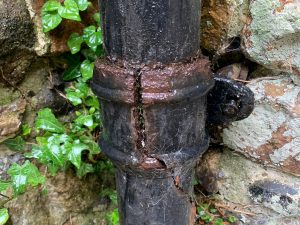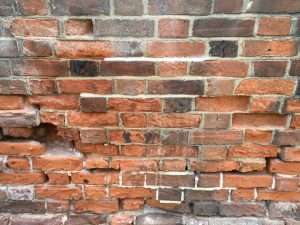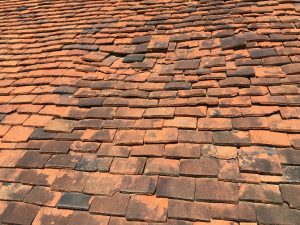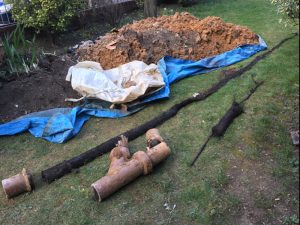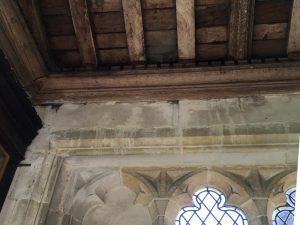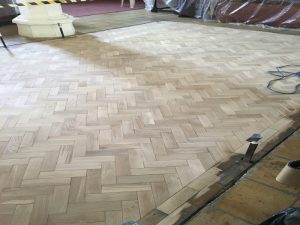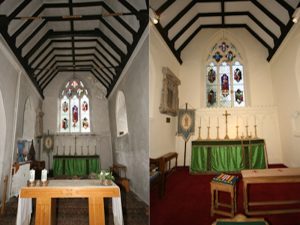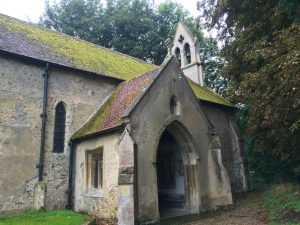

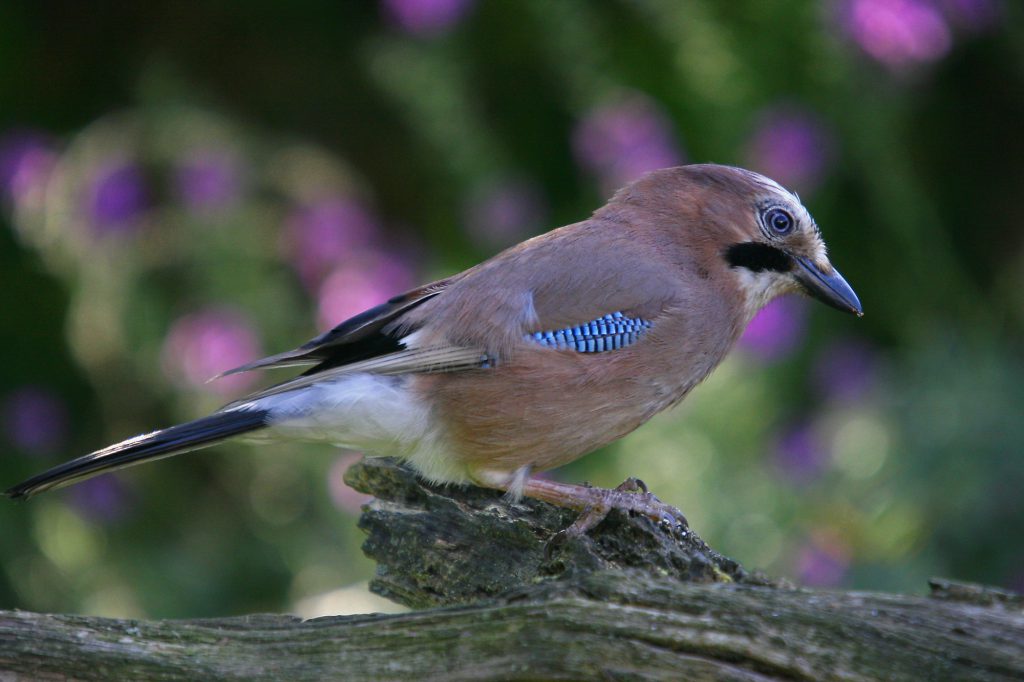
An Essex Churchyard Jay
Bats filmed using an infrared camera as they exit an Essex Church at dusk
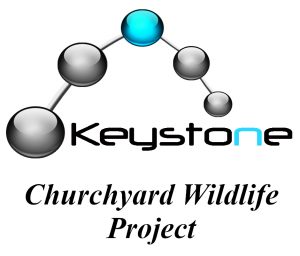
As keen naturalists, and fortunate enough to spend the majority of our time working in and around churchyards, we have decided to launch our own wildlife project.
Having enjoyed an upbringing which bordered somewhere between Arthur Ransome‘s ‘Swallows and Amazons’ and Gerald Durrell’s ‘My Family and Other Animals’, we are still to this day fascinated by the natural world.
Churchyards are an essential haven for a host of indigenous species, many seeking the unique habitat created by the very unique construction of a church and its grounds. Areas of tended graves and lawns along with set aside wild areas of un-mown fringe, mature broadleaf trees, flint walls, shade and direct sunlight. All of these and many more create a virtual oasis in a modern world of tarmac, high rise developments and widespread use of herbicides and pesticides. Wildlife abounds and we have found some very surprising species along the way.
Many children today grow up not witnessing or experiencing the wonders of nature, with many rural churches having smaller congregations, we feel what greater way to bring children and adults alike to the church than to explore the exciting wildlife prospects each and every one has to offer. Hopefully planting this small seed of interest in the minds of the next generation will offer them experiences they may not find in everyday life, but also spark an interest in not only the importance of the church to wildlife but its crucial place in history, at the heart of every community, and therefore the need to protect and conserve what are quite literally irreplaceable national treasures.
Our hope is to reinforce the national importance of these magnificent buildings in the minds of the next generation and hopefully provide some kind of community interest in the church. The wardens we deal with are keen to promote the use of their churches in any positive way. With many local schools having close historic ties to the church and sometimes use of the building and church hall, hopefully by creating a resource of widespread interest, we can help in our own small way to promoting and protecting our history. We have big ideas for this project and with the continued support from our friends and clients within the church we hope it will be something to be proud of and bring people of all ages together to share and enjoy.
Another high quality Keystone owl box is raised into position. Although primarily designed for the tawny owls which frequent the Churchyards of Essex, they can become home to a surprising number of different bird species.
We have plans to build and install a dozen new boxes between now and early 2020 in time for owl nesting season.
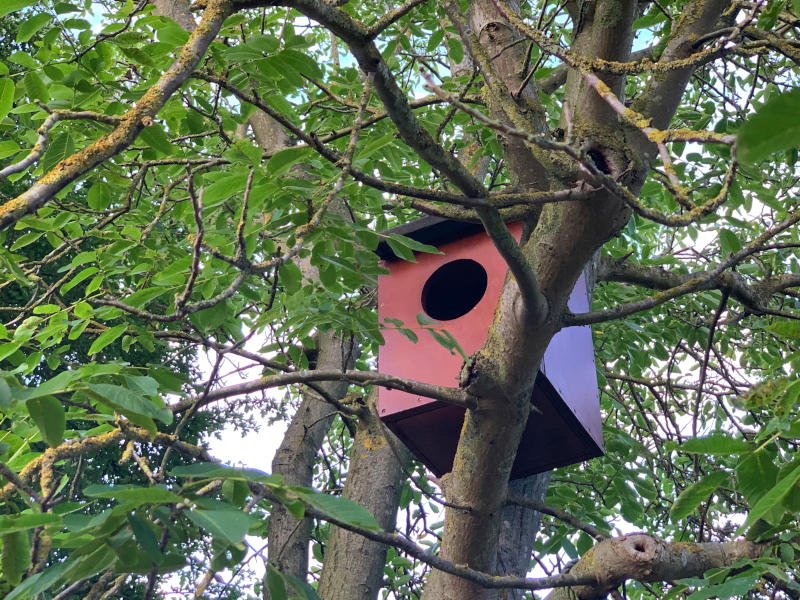
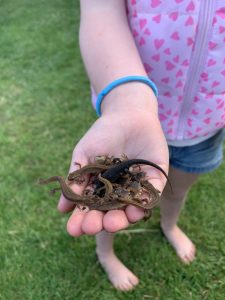
Young Mollie McCully helps to relocate some smooth newts ahead of a small bonfire – no anti-bac required!
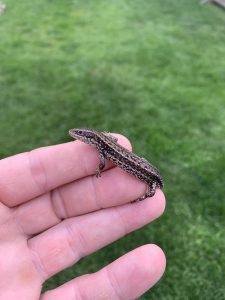
Common lizards are often to be found on Churchyard walls. Old flint walls being a favourite.

Every so often you find something particularly special. These uber rare European cave spiders are living in a disused Church boiler room in Essex. They have only been recorded 400 times in the UK since 1800 – and never in the region where we found them!
